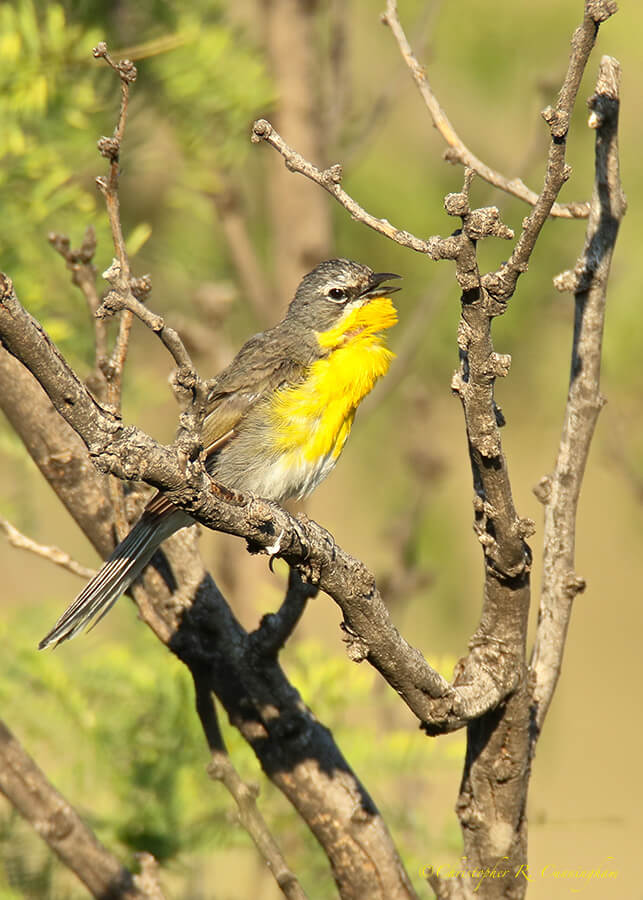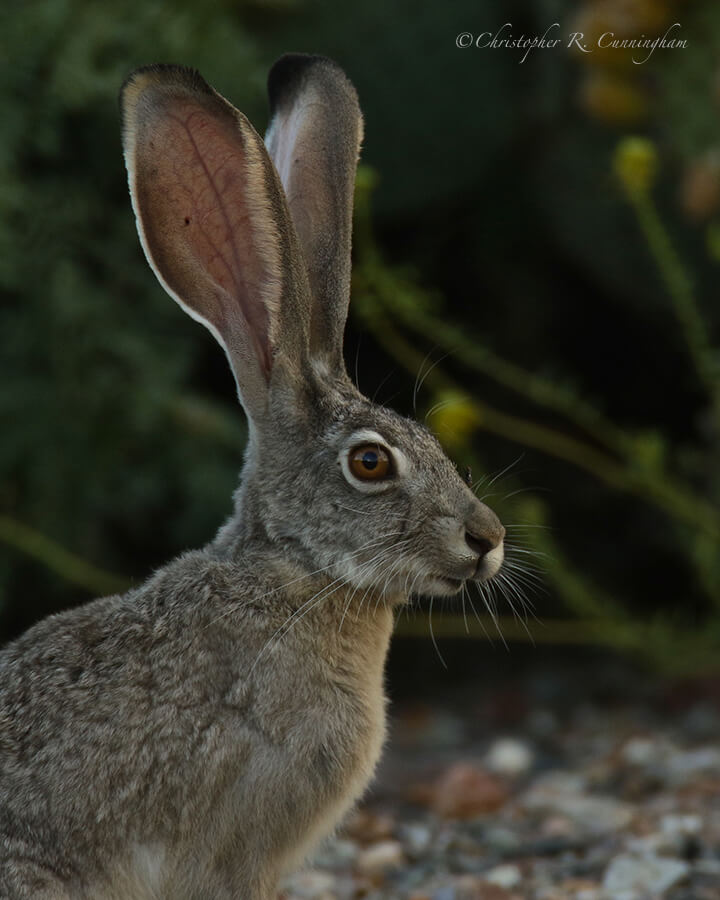May the sun bring you new energy by day, may the moon softly restore you by night, may the rain wash away your worries, may the breeze blow new strength into your being, may you walk gently through the world and know it’s beauty all the days of your life.―Apache Blessing

Big Bend National Park (BBNP) is in one of the most spectacular corners of Texas. Broadly, BBNP consists of three major zones: Chihuahuan Desert, Chisos Mountains, and riparian habitats flanking the Rio Grande River. BBNP boasts the largest number of recorded species of birds of any U.S. national park (around 450), with about 50 being permanent residents, the others being nesters or migrants. BBNP is certainly one of the crown jewels of Texas birding.
For this trip we stayed at the Chisos Mountain Lodge in the “basin,” a depression in the center of the Chisos Mountains at an elevation of around 5400 feet. The Chisos are erosional remnants of Tertiary volcanoes that punched up through the local stratigraphic column. This volcanism ended around 12 million years ago. Surprisingly, the weather near the lodge was fairly pleasant even in early August, with highs around 90° F and lows in the mid-60°s F. Only during the heat of the day was it impossible to photo-bird due to the blazing sun. Around the lodge we saw numerous Say’s Phoebes, Canyon Towhees, and Scott’s Orioles.
In many ways, the lodge area is similar to Cave Creek Canyon in the Chiricauhua Mountains region of southeast Arizona, perhaps our favorite birding destination of all. Both are mountainous madrean “sky islands” in the surrounding desert. In the case of the Chiricauhuas, though, the mountains are surrounded from the east by the Chihuahuan Desert and from the west by the Sonoran Desert, whereas the Chisos reside entirely within the Chihuahuan Desert.

For this trip we decided to work primarily at low elevation, reserving high elevation hot spots for a future trip in an upcoming May to see (among others) the famous singing male Colima warblers. Working at low elevation meant birding during early mornings and evenings only. From 10am to 7pm in the desert the temperatures routinely topped 100° F, and the sun cut like a knife.

Much of the best birding at low elevation in BBNP is to be found at abandoned ranches. Here, wells provide the life-giving water that makes these spots oases in the desert. Our first stop was the Sam Nail Ranch where we were thrilled to find both birds and shade.
At Sam Nail, we spent most of the time shooting from behind the ruin of a mud wall into a thicket backed by cottonwood and pecan trees. In general, the birds were wary and did not allow a close approach, and after about 9am, the light was incredibly harsh. In any case, we saw Varied and Painted Buntings, Yellow-breasted Chats, Northern Cardinals and Mockingbirds, Pyrrhuloxias, a variety of flycatchers (the subject of a future post), Bell’s and Hutton’s Vireos, Blue-gray Gnatcatchers, Summer Tanagers, Blue Grosbeaks, Ladderback and Golden-fronted Woodpeckers, and White-winged Doves (Mexican mountain race).
The Painted Buntings, Blue Grosbeaks, Yellow-breasted Chats, Northern Cardinals, and vireos were all singing at Sam Nail. Likewise Cactus Wrens and a variety of other wrens and thrashers could be heard singing and calling from the surrounding desert.
On the second morning, Elisa turned around to find a Bobcat sitting in the path behind us, but the beast was within the minimum focus distance of her 500mm lens! Later we heard a low feline growl emanating from the thicket behind us, and we decided to cut our visit short: an estimated 25 Mountain Lions live in BBNP and attacks on humans are not unknown.
One evening we also visited Dugout Wells, another abandoned ranch, where we found numerous Pyrrhuloxias, woodpeckers, and thrashers. Loggerhead Shrikes hunted the ranch, and I made a half-hearted attempt to find shrike kills posted on thorns, but frankly the heat was so intense that I could hardly move carrying the 600mm lens and had to photograph Jackrabbits and Desert Cottontails from a patch of shade until the insane fireball in the sky disappeared behind a distant thunderhead.

Although Roadrunners are common throughout the park, we decided to take a special trip to the Rio Grande Village camp grounds and Daniels Ranch one morning to see and attempt to photograph them up close. Roadrunners were as abundant as reported in A field Guide to the Birds of Big Bend by Roland Wauer–as were Inca Doves, woodpeckers, and flycatchers (including summering Vermilion flycatchers). But by 9:30am it was so sweltering that we decided to move on to higher elevation.

Big Bend is one of those majestic places that demand repeated and prolonged visits. And we are drawing up plans to visit again during the other seasons. I can hardly wait.
©2015 Christopher R. Cunningham. All rights reserved. No text or images may be duplicated or distributed without permission.